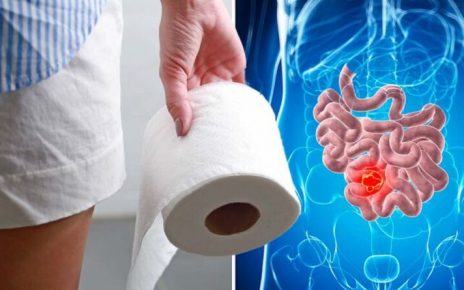NEW YORK (Reuters Health) – A new study highlights the importance of timely administration of the second dose of SARS-CoV-2 mRNA vaccine in patients with rheumatoid arthritis (RA) on disease-modifying anti-rheumatic drug (DMARD) therapy.
Researchers in Switzerland report that the kinetics of the vaccine-induced humoral immune response differs between patients with RA who are taking DMARDs and healthy individuals.
“Even considering the fact that they were on different DMARD strategies,” all RA patients needed the second vaccine dose in order to mount a significant antibody response, Dr. Andrea Rubbert-Roth of Kantonsspital St. Gallen told Reuters Health by email.
“As some patients did only develop low (or even no) titers, determination of the serologic response after vaccination seems to be an option, even though this might not refer to all patients. We have to wait for more data coming up,” said Dr. Rubbert-Roth.
In a report in The Lancet Rheumatology, the researchers report vaccine responses for 51 patients with RA on various DMARD therapies and 20 healthy controls.
Nine participants received two doses of the Moderna vaccine and the rest received two doses of the Pfizer/BioNTech vaccine. Serum samples were collected at baseline, three weeks after the first dose, and two weeks after the second dose.
Vaccine-induced antibody titers to SARS-CoV-2 S1 protein were significantly lower in patients with RA three weeks after the first vaccination (median, 0.4 U/mL) and two weeks after the second vaccination (657 U/mL) than in the control group (99.2 U/mL three weeks after first dose and 2,500 U/mL two weeks after second dose (P<0.0001).
After the first dose, 18 (90%) controls reached a titer above 15 U/mL (a suggested lower cutoff level for neutralization of viral infectivity), compared with only five (10%) RA patients (P<0.001).
After their first shot, nine (45%) controls had a titer higher than 133 U/mL compared with only one (2%) RA patient (P<0.001).
Six (12%) RA patients did not have titers of more than 15 U/mL after their second vaccine dose; four of these patients were using a JAK inhibitor alone or with other agents.
Nine (18%) RA patients had an anti-S1 titer of less than 133 U/mL after their second shot, whereas all control patients developed high anti-S1 titers.
In the RA group, 13 (81%) of 16 RA patients on conventional synthetic DMARDs, 17 (94%) of 18 on anti-cytokine directed biologics in monotherapy or combination therapy, four (80%) of five on abatacept, and eight (67%) of 12 patients on JAK inhibitors in monotherapy or combination therapy developed a humoral immune response in titers that are in line with a neutralizing capacity (>15 U/mL) after their second shot.
Anti-S1 titers did not differ between patients according to age, gender, duration of RA or the use of low-dose prednisone.
The authors note in their article that in some countries, delayed administration of the second dose has been discussed to boost the number of people receiving at least one dose.
“Our data implies that successful vaccination in patients with rheumatoid arthritis on DMARDs might depend on the recommended schedule that includes two vaccinations within an interval of three to six weeks,” they write.
“Studies with large patient cohorts and longer duration are required to define the optimal vaccine strategy in patients with rheumatoid arthritis, to clarify whether DMARDs should be paused and whether monitoring anti-S1 concentrations is required to ensure vaccine-induced protection,” they add.
The study had no specific funding.
SOURCE: https://bit.ly/3h1PUgU The Lancet Rheumatology, online June 8, 2021.
Source: Read Full Article



